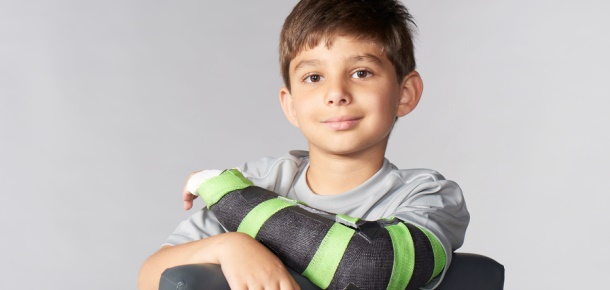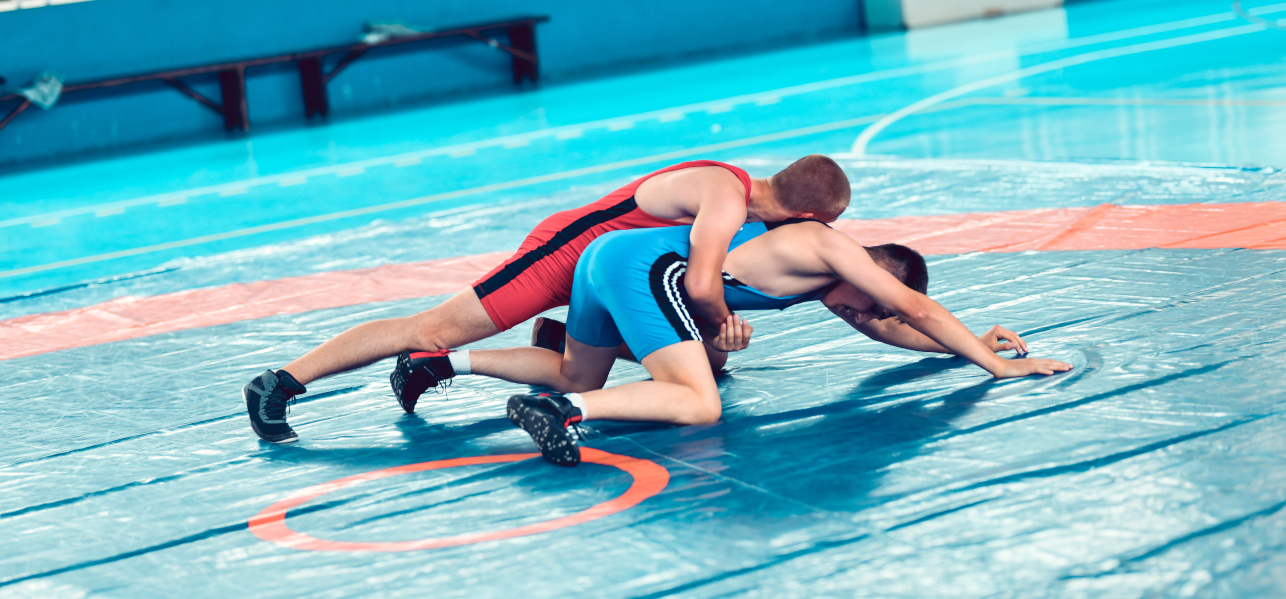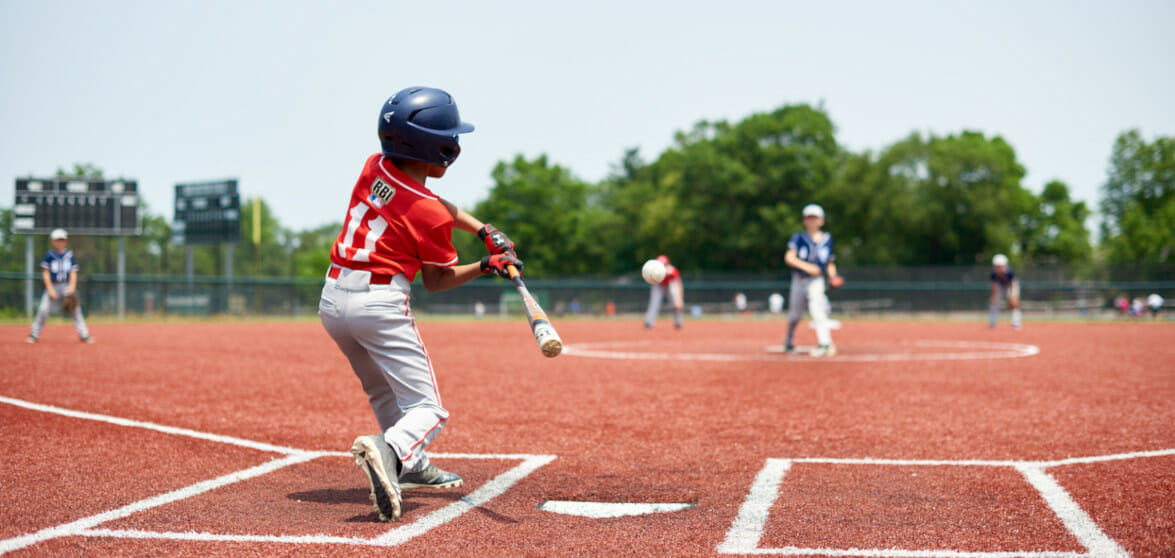Fractures, or broken bones, are the most common injuries we see in orthopaedic sports medicine. During childhood, about 50% of females and 60% of males will suffer a fracture at some point, and for many kids, the injuries will happen during sport-related activity.
With sports fractures, we most often see injuries to the hands – there are a lot of broken fingers out there – but fractures to other bones in the hands, wrists, forearms and lower legs are also common injuries for athletes.
While a fracture can be traumatic for the child who sustains one, it is not necessarily a season-ending injury, as it used to be. With the treatment techniques available today, we are often able to help kids return to the sports they love while the bone is still healing, and that can sometimes be within the same season.
We now have moldable plastic materials for splints that can be ready in 5-10 minutes, giving our team new options for immobilization and the ability to provide highly customized treatment for patients. Additionally, waterproof casts have helped make returning to sports more quickly a reality for athletes who need the stability of a full cast. Athletes get sweaty, which makes traditional casts prohibitive during physical activity. But with waterproof casts, athletes can sweat and shower with the cast on, allowing new timelines for returning to competition.
While our team is always excited to be able to offer patients treatment options that will allow for as much activity as possible, we also remind families that the outcome of treatment is very much dependent upon how well the patient adheres to the treatment plan. Fractures still take weeks and sometimes months to heal properly depending on the location of the injury. And some fractures will still need complete rest and immobilization to ensure proper healing.
If you think your child may have sustained a fracture injury, it’s always best to have it examined. Some signs that it may be a fracture include:
- A snap or a grinding noise during the injury
- Swelling, bruising, deformity and/or tenderness around the injured part
- It is painful for your child to move it, touch it, or press on it; if the leg is injured, it’s painful to put weight on it
- In severe breaks, the broken bone might poke through the skin – If a bone is protruding from the skin, please quickly call an ambulance to take your child to the emergency department.
If an injury happens in the evening or on the weekend, one of our urgent care locations will be the best first stop to determine if a fracture has occurred. If needed, the team in urgent care will splint the injured area and help you set up an appointment with our team in orthopaedic sports medicine to determine the best course of treatment. We can usually assess new injuries within a day or two, and sometimes even the same day.
Our team of pediatric experts and child life specialists work hard to make the treatment process as quick and pain-free as possible. We also have the coolest casts around – options including colors, stripes and sparkles – which help distract the patient from the situation and provide a sense of control over the treatment. A cast in team colors often helps the child feel like he or she is still supporting their team even if they’re not in the action.
We know that fractures can be traumatic for the injured child and for his or her family and we certainly hope your child never breaks a bone, but the reality is that more than half of kids will at some point. And it’s important to have it checked out within a couple of days if you have suspicion that it may be fractured so we can begin treatment and get your young athlete back in shape as quickly as possible.
At Cincinnati Children’s, we are available help your young athlete and to answer your questions. To make an appointment or speak with a staff member, please contact our Division of Sports Medicine





